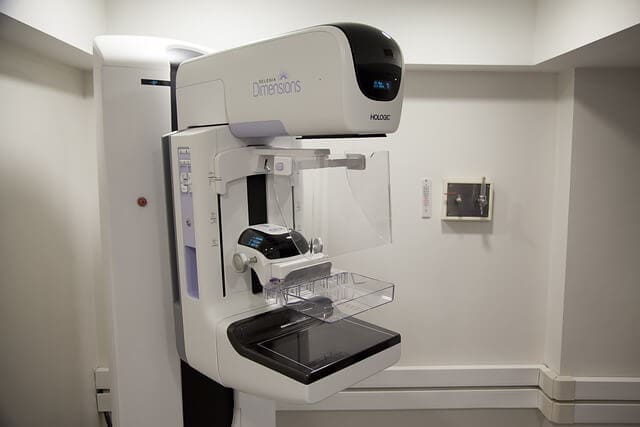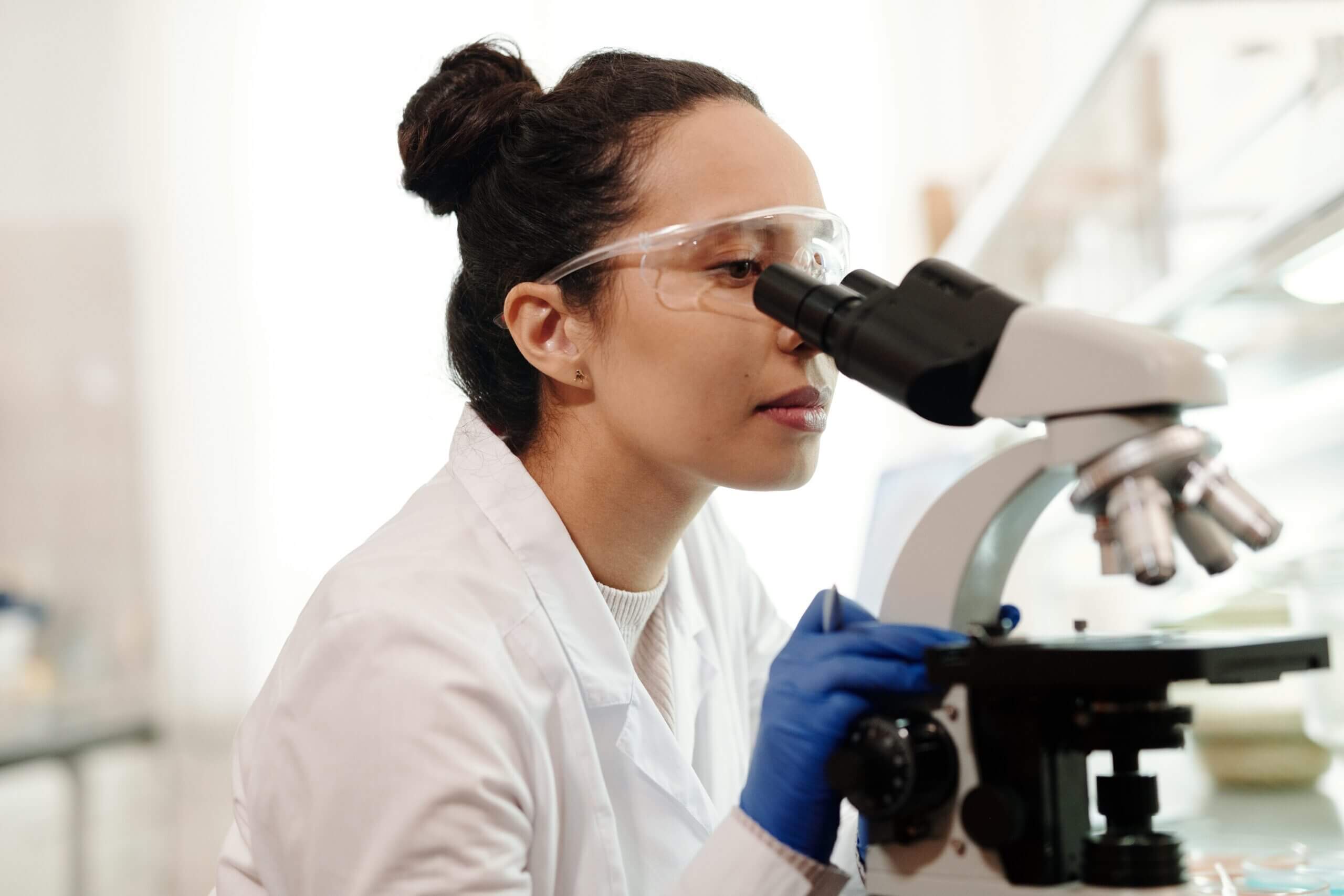Breast cancer is a formidable adversary, affecting 2.3 million women worldwide each year. Early detection is paramount for successful treatment and improved outcomes. However, the efficacy of traditional breast imaging methods, such as mammography, can sometimes be hindered by limitations in human perception and interpretation. This is where artificial intelligence (AI) steps in, offering a transformative solution by providing clinicians and radiologists with superhuman abilities to detect cancers at much earlier stages.
Imagine having the ability subtle anomalies in breast images with the precision and consistency of a machine, while still benefiting from the expertise, intuition and trained eye of a trained clinician. This is the promise of AI applied to breast imaging.
How it works
AI algorithms are trained on vast datasets of breast images, annotated by experts to identify patterns associated with both normal and abnormal findings. These algorithms can then analyze new images, flagging areas of concern for further review by radiologists. By integrating AI into the diagnostic workflow, clinicians can more effectively prioritize cases, reducing the risk of overlooking potential abnormalities. The research points to positive results from this approach.
One of the most significant advantages of AI in breast imaging is its ability to enhance the detection of early-stage cancers that may be missed by human eyes alone. Subtle signs of malignancy, such as microcalcifications or architectural distortions, can be challenging to identify, especially in dense breast tissue. AI algorithms excel at recognizing these nuanced features, enabling earlier intervention and improved patient outcomes.
Moreover, AI-powered systems can assist radiologists in distinguishing between benign and malignant lesions, reducing unnecessary biopsies and minimizing patient anxiety. By analyzing various imaging characteristics, such as shape, margins, and texture, AI algorithms can provide valuable insights into the likelihood of malignancy, aiding clinicians in making more informed decisions.
Another area where AI demonstrates its potential is in improving workflow efficiency and reducing interpretation times. By automating routine tasks, such as image segmentation and feature extraction, AI can streamline the diagnostic process, allowing radiologists to focus their expertise on complex cases requiring human judgment. This increases productivity and enhances the overall quality of patient care by minimizing delays in diagnosis and treatment initiation. This is especially important as the US and many provinces in Canada move forward with plans to begin screening women at age 40 versus 50.
Furthermore, AI-enabled decision support systems can facilitate interdisciplinary collaboration by providing clinicians with comprehensive diagnostic reports and relevant clinical data. By integrating information from various sources, such as imaging studies, pathology reports, and patient history, AI can assist multidisciplinary teams in formulating personalized treatment plans tailored to each patient’s unique needs.
The road to adoption
Despite these promising advancements, the integration of AI into clinical practice requires careful validation and ongoing refinement to ensure safety and efficacy. Regulatory agencies play a crucial role in overseeing the development and deployment of AI algorithms in medical imaging, ensuring compliance with rigorous standards for performance and safety. Leading names in breast imaging including GE Healthcare, Hologic, researchers from academic institutions and radiological associations are working together to advance the science and pave regulatory pathways.
Addressing concerns surrounding data privacy, security, and algorithm bias is essential to fostering trust and acceptance among clinicians and patients. Transparent and accountable AI systems, coupled with robust governance frameworks, are essential to mitigate potential risks and maximize the benefits of AI in healthcare. Jan Beger, Head of AI Advocacy for GE Healthcare does a terrific job of keeping his finger on the pulse of AI research and its applications in healthcare.
Artificial intelligence has the potential to revolutionize breast imaging by empowering clinicians and radiologists with superhuman abilities to detect cancers at much earlier stages. By augmenting human expertise with the analytical capabilities of AI algorithms, we can improve the accuracy, efficiency, and accessibility of breast cancer diagnosis and ultimately, save lives.
As we continue to unlock the full potential of AI in healthcare, it is essential to approach its integration thoughtfully and responsibly, ensuring that technological advancements translate into tangible benefits for patients and clinicians alike. With continued innovation and collaboration, we can harness the power of AI to transform breast cancer care and make early detection a reality for all women.




